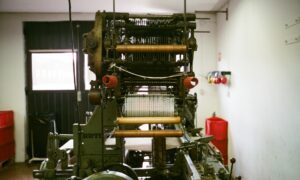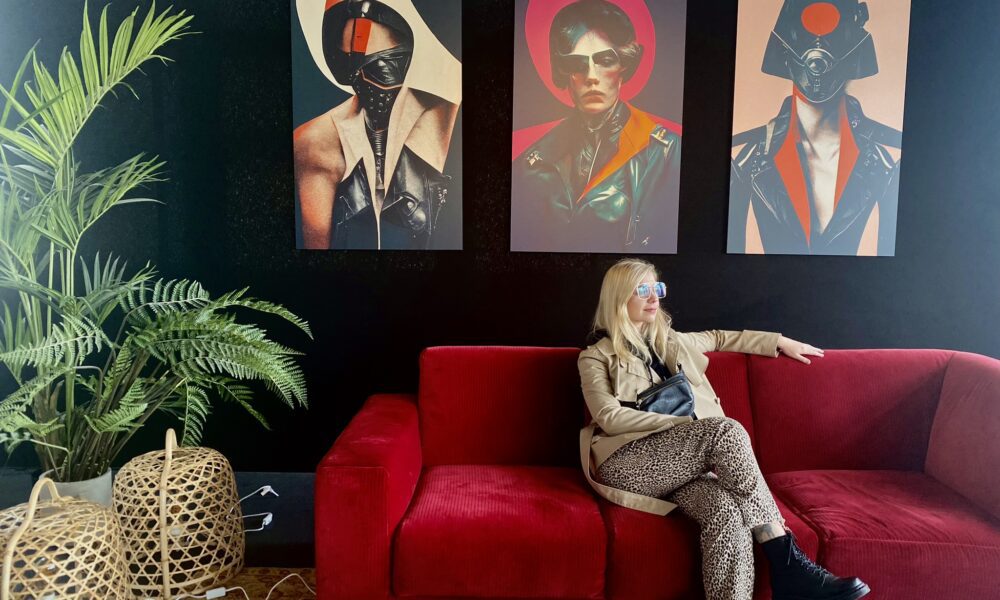Roofing has evolved far beyond simply keeping the rain out. Today, homeowners expect their roofs to contribute to energy efficiency, comfort, and even the aesthetics of their property. With advancements in materials, installation methods, and design, modern roofing techniques are redefining what it means to protect and enhance a home. By integrating sustainability with style, these innovations make roofs a central element in boosting both property value and day-to-day livability.
The Role of Materials in Energy Efficiency
The materials chosen for a roof significantly impact energy consumption and comfort inside the home. Traditional asphalt shingles, while still popular, are being outpaced by more energy-conscious options such as metal roofing, cool-roof coatings, and reflective shingles. These materials are designed to deflect solar heat rather than absorb it, reducing the need for air conditioning during warmer months.
Metal roofing can last decades while reflecting sunlight and keeping homes cooler. Clay and slate tiles offer natural insulation and durability, while modern synthetic materials mimic their look at a fraction of the weight and cost. Paired with proper insulation underlayment, these options create a thermal barrier that helps regulate indoor temperature year-round.
Why Homeowners Are Considering Roof Replacement
One of the main reasons property owners look to modern roofing techniques is the long-term benefit of energy savings. Outdated roofs lose efficiency as shingles deteriorate, insulation weakens, and ventilation systems become compromised. This makes roof replacements an investment in appearance and in financial savings. By upgrading to newer materials and designs, homeowners can reduce utility bills and qualify for green building incentives or tax credits.
The latest roofing systems are engineered with sustainability in mind, offering recycled content, longer lifespans, and options for integrating solar panels seamlessly into the structure. Beyond function, they enhance curb appeal, giving older homes a refreshed look that appeals to future buyers.
Advanced Ventilation and Insulation Systems
Proper ventilation is critical for maximizing a roof’s performance. Without adequate airflow, heat and moisture can build up in the attic, leading to higher energy costs and potential structural damage such as mold growth or wood rot. Modern roofing techniques incorporate ridge vents, soffit vents, and smart insulation systems that promote balanced airflow.
Energy-efficient insulation materials like spray foam or rigid foam boards further reduce heat transfer. When combined with reflective roofing, these systems create a well-regulated indoor environment. For homeowners, this means greater comfort across seasons and fewer spikes in heating or cooling costs.
Green Roofing and Sustainable Innovations
Green roofs, featuring layers of vegetation atop waterproof membranes, are gaining popularity in urban areas where sustainability is a priority. These living roofs help regulate building temperature, improve air quality, and even reduce stormwater runoff. Though they require specialized installation and maintenance, the environmental and visual benefits make them an attractive option for eco-conscious homeowners.
Solar-integrated roofing tiles are becoming more accessible. Unlike bulky panels, these tiles blend seamlessly into the roofline while generating renewable energy. Innovations like these demonstrate how roofing is no longer a static element but an active contributor to energy efficiency and sustainability.
Enhancing Curb Appeal Through Design
Beyond efficiency, roofing plays a vital role in a home’s appearance. With manufacturers offering a wider range of colors, textures, and styles, roofs can now complement architectural design rather than simply cover it. Homeowners can choose from bold hues, wood-shake-inspired textures, or sleek metal finishes to make their property stand out.
Modern roofing techniques allow for customization. Architectural shingles with varying shapes and thicknesses create depth and dimension, while synthetic materials mimic premium aesthetics like slate or cedar at a fraction of the cost. This design flexibility ensures homeowners don’t have to sacrifice style for sustainability.
Long-Term Value and Return on Investment
Modern roofing solutions provide more than immediate savings; they enhance long-term value. Energy-efficient roofs lower utility expenses, while durable materials reduce repair and replacement costs. From a resale perspective, an upgraded roof boosts curb appeal and reassures buyers that the property is well-maintained and future-ready.
For businesses, these benefits are just as pronounced. Commercial buildings with reflective or green roofing solutions cut down on operational costs and enhance their environmental profile, appealing to eco-conscious clients and tenants.

The roof of a home or building is no longer just a functional necessity; it’s a design feature, an energy system, and a sustainability tool. Modern roofing techniques combine cutting-edge materials, smart ventilation systems, and eco-friendly innovations to create solutions that deliver both beauty and performance. Whether through roof replacement, green roofing, or solar integration, today’s homeowners can achieve a balance between efficiency, durability, and curb appeal.
As the demand for sustainable, stylish, and cost-effective housing solutions grows, modern roofing will continue to evolve. For property owners, keeping pace with these innovations is one of the smartest investments they can make for their comfort, finances, and future property value.



































